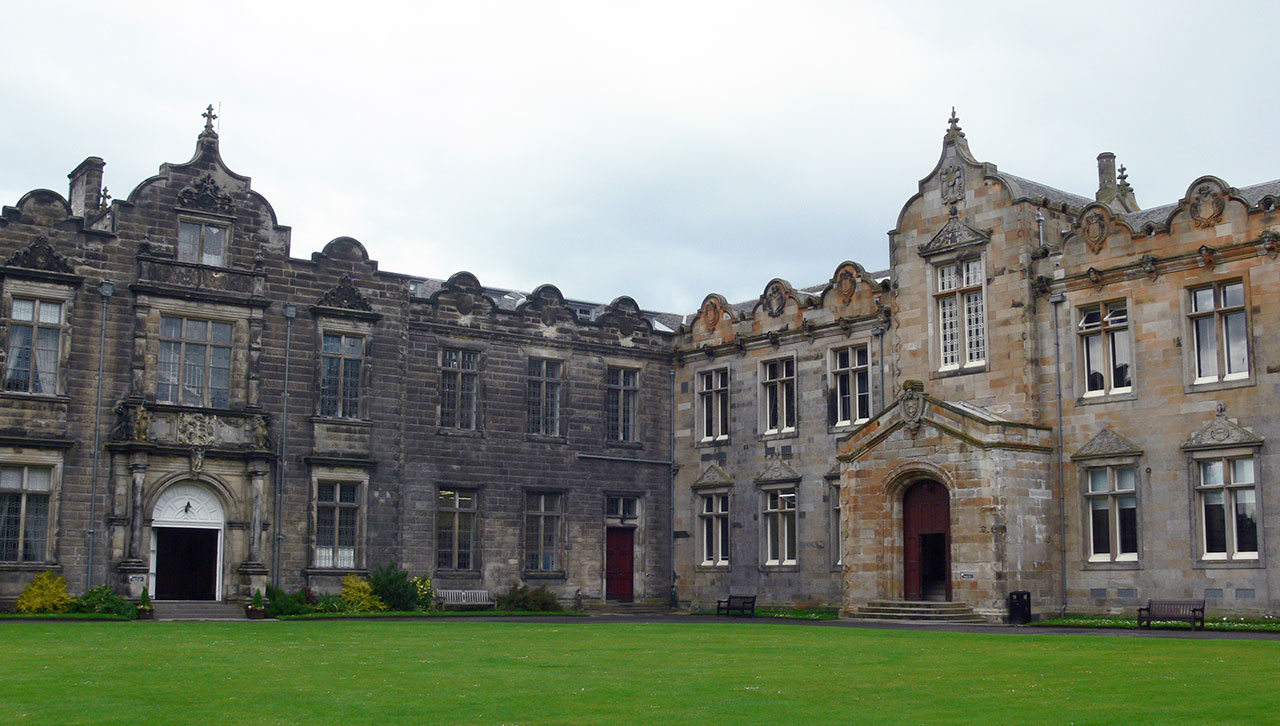University of St. Andrews
St Andrews University has a population of 16,680 and is an historic, coastal town and home to the world famous St Andrews golf club. REQUEST INFORMATION
KEY INFORMATION:
It is within driving distance of the cities of Aberdeen (84 miles), the Scottish capital of Edinburgh (48 miles) and Glasgow (90 miles). St Andrews is not on a rail line - the nearest mainline station is Edinburgh, approximately 48 miles away.



UG 8000
PG 2100



Six steps to University of St. Andrews
Our method to your success
FREE CONSULTATION MEETING
REPORT & INSTITUTION SHORTLIST
APPLY & RECEIVE AN OFFER
WOO HOO! YOUR OFFER IS ACCEPTED
ARRIVAL & POST ARRIVAL SUPPORT
WE ARE WITH YOU EVERY STEP OF THE WAY
LOCATION:
The nearest airport is also at Edinburgh which has over 100 daily international flights to many European destinations. There are direct flights from Edinburgh to Heathrow and Gatwick for connections to the Middle East and Asia. St Andrews is 472 miles from London. The average lowest temperature in January is 1.5°C and the average highest temperature is between 16-20 degrees in July.
REQUEST INFORMATION..

Request Information - University Courses
HISTORY:
St Andrews can trace its history back to 1410 when a group of masters initiated a school of higher studies in St Andrews. As such it is the oldest university in Scotland.By the middle of the 16th century, St Andrews had grown to encompass three colleges – St Salvator’s (1450), St Leonard’s (1511) and St Mary’s (1538).In the 19th century the University developed teaching and research in the Arts, Divinity and the Biological and Physical Sciences. In 1897 the University was joined by a new academic centre in nearby Dundee and developed Medical and Applied Science courses. This association ended in 1967 with the foundation of a separate University of Dundee.
LOCATION:
St Andrews is a small town built around a single University campus and students represent a large % of the population. The University sports center is 0.5 miles - a 10 minute walk - from the campus. Halls of residence are located in and around the town centre and are all a short walking distance of each other and the University buildings and facilities.
RANKING:
University of St Andrews is ranked 201-250th in the Times Higher Education rankings and is ranked between 301-400th in the Shanghai Jiao Tong rankings. St Andrews is not a member of the Russell Group of universities.University of St Andrews is ranked 2nd in the National Student Survey Satisfaction rankings.
INTERNATIONAL:
There are approximately 2,400 international students at St Andrews from more than 120 different countries, representing about 22% of all students.
SIZE:
Latest figures indicate there are over 10,100 students in total at St Andrews, almost 8,000 undergraduates and over 2,100 postgraduates.
EMPLOYMENT:
95.2% of St Andrew’s graduates enter directly into work, further study or training within 6 months of graduation (source:HESA). A breakdown of post graduation employment by course, showing the split into professional/managerial positions, rather than general employment figures, is available from Unistats an independent source of university data. For more information, please visit the REF Information page.
FACILITIES:
The University of St Andrews has more than 140 affiliated societies as well as over 150 sports clubs. Students can choose to join societies ranging from swing dance to wildlife conservation, fine dining, feminism and the Sherlock society. The University also has a dedicated music technology studio, a student radio station and a strong performing arts scene.
The University has over 60 sports clubs, a full timetable of fitness classes. It also runs a series of ‘hall sports’ giving students living in university accommodation the opportunity to sample many sports and compete for 4 trophies. The sports facilities are open to members of the University and the general public alike, although non-member public access to the fitness suites is not available during semester time. Athletes who are competing at representative levels are eligible to join the University Talented Athlete Programme.The Sports Centre is situated towards the west of the town near the golf courses, with accommodation close by for teams or individuals. Golf coaching is also available and a key sporting focus at St Andrews.
The University has over 60 sports clubs, a full timetable of fitness classes. It also runs a series of ‘hall sports’ giving students living in university accommodation the opportunity to sample many sports and compete for 4 trophies. The sports facilities are open to members of the University and the general public alike, although non-member public access to the fitness suites is not available during semester time. Athletes who are competing at representative levels are eligible to join the University Talented Athlete Programme.The Sports Centre is situated towards the west of the town near the golf courses, with accommodation close by for teams or individuals. Golf coaching is also available and a key sporting focus at St Andrews.
ACCOMMODATION:
St Andrews residences are located throughout the town so everything is within walking distance and students feel very much at the heart of the community.Residences include Internet access, contents insurance (terms and conditions apply) and hall committee subscriptions.The lowest price for a single room with shared bathroom and kitchen facilities is £145.70 per week.An example price for catered accommodation is £190.73 at Andrew Melville Hall.
COST:
Please note Scottish undergraduate honours degrees typically take 4 years to complete.International fees:
International undergraduate tuition fees:
Fees for full time undergraduate courses for subjects in the Faculty of Arts, Divinity or Science for 2022-23 are £26,350. Medicine - £33,570
SUBJECT AREAS:
REF (Research Excellence Framework) was an independent government review conducted into the quality of research at UK universities and published in December 2014. This information highlights subjects of specialism within each university. We have listed all subject areas where at least 60% of the research conducted in these specific fields has been graded 3 or 4 stars. (4 stars being the highest ranking REF award). For more information, please visit the REF Information page.
LIFE AT University of St. Andrews
We have been helping overseas students gain entrance to University of St. Andrews for a number of years now, progressing to high profile careers in the UK. Find out more about this school below.
Review
Coming Soon
 LOOKING FOR AN ONLINE COURSE?
Our team can help you find a relevant course for your study.
BOOK A CALL
LOOKING FOR AN ONLINE COURSE?
Our team can help you find a relevant course for your study.
BOOK A CALL
DOWNLOAD YOUR FREE GUIDE TO A QUALITY UK EDUCATION
Sign up to our free Newsletter and you'll get a free copy of our guide to accessing a UK education to help you navigate the entire process.
REQUEST INFORMATION..
Get free instant access to exclusive content and join our monthly email guide
We’re with you every step of the way and will keep you updated on the latest UK education news. Find out more about joining.
